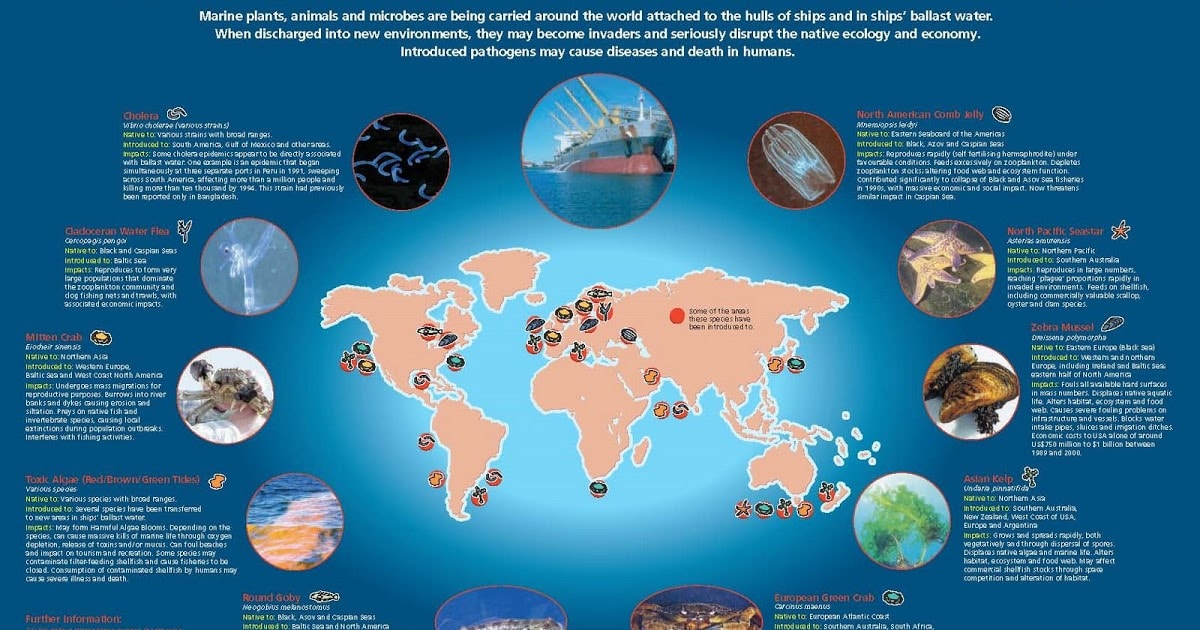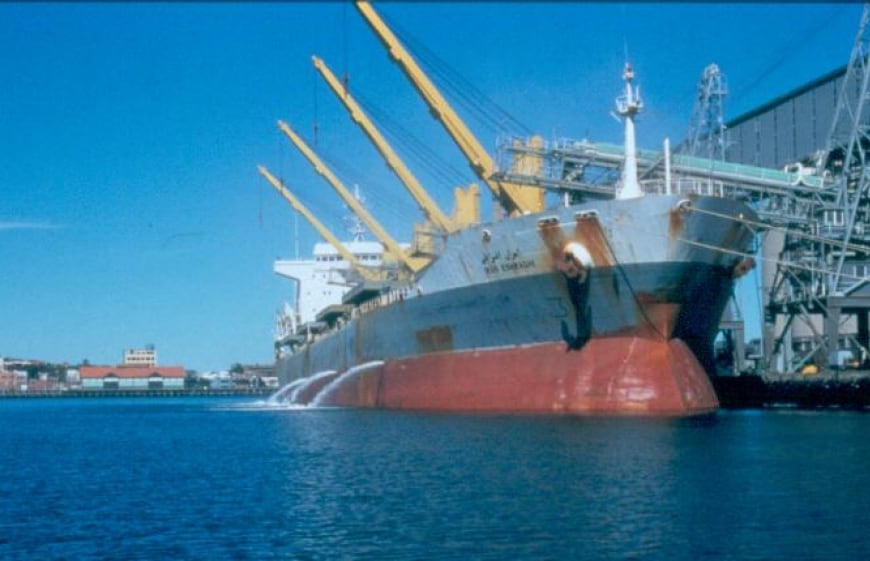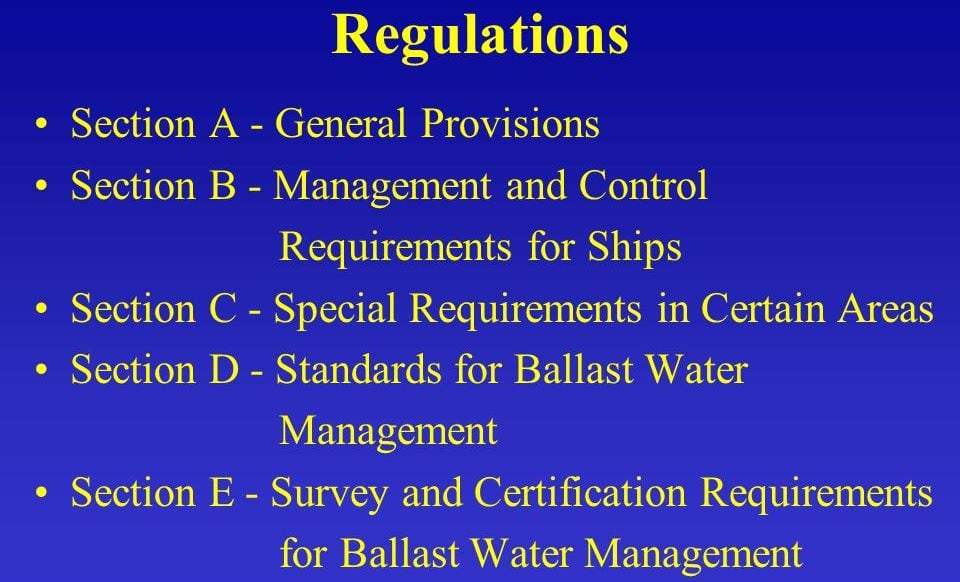I am starting to believe that this might be a very good crossing with not too many “ups and downs” as far as the ships movement is concerned. Today was a sunny day with a bit more wind but not of the kind that affects shipboard life. Either outside the ship or inside the ship. The ship is on a steady course and getting closer to the middle of the North Atlantic. There is not much to report about what is going on, as there is not much going on, other than the regular routine of a sea day.
Except one thing; the guests might have noticed that the ship on occasion was listing to one side and then to the other side. Not much, no more than 2 degrees but unusual as the Navigators are very conscientious in keeping the ship upright. So why the list, well we are cleaning water tanks or better said sea water ballast tanks. And we do that every time we cross the Atlantic. The reason is that we want to do this as a company policy, but also because we have to comply with Ballast Water Treatment regulations which is an international law exercised under the control of the IMO or International Maritime Organisation.
Officially it is called the: International Convention for the Control and Management of Ships’ Ballast Water and Sediments or (BWM). We on the ships we just call it the Ballast Water Management. It was agreed upon in 2004 but is now in September 2017 coming into force worldwide. Why the 13 year delay? Well some countries did not want to participate in the beginning and there has to be a minimum number to get the BWM in force worldwide but also it can take a long time before countries have entered it into their on National Legislation. It has quite an impact on the shipping industry as it requires that no creepy crawlies and other little animals are exported from one part of the world, to another part where they do not belong.
What happened in the past was that ships would take in ballast water in one port after discharging cargo, especially bulk carriers and would then sail empty across the ocean to another place for loading. To be stable enough, as the cargo was gone they needed weight and did this by the way of taking on board local water. Once on the other side, when the loading started, that water was pumped out again. But it was not just water it was full of smaller and sometimes not so small animals. Nobody paid much attention in the beginning but when in certain area’s the local fauna and flora started to disappear or a foreign species managed to get the upper hand, alarm bells started to ring.

There are a lot of little and larger animals that are not wanted in other areas of the world but 10 of them have been recognized as the most unwanted and the most invasive.
Once a problem has been recognized, it might still take a long time to get all the stake holders together and agreeing to what needs to be done and how to do it. Hence the 13 years between getting the matter on paper and its worldwide implementation. Holland America has already been taking part in this BWM for a long time and although it only now becomes compulsory worldwide we have had Ballast Water Management since at least 20 years in one form or the other. We do not need much ballast water to keep a cruise ship in a safe stability condition. Its design together with the weight of oil and drinking water is normally enough. But sometimes we get ballast water on board if we have to ballast against a heavy list, caused by strong winds on one side of the ship. To make sure that we do not carry anything unwanted we can flush tank after tank to get any hitch hikers from the old world out before we reach the new world. (And the other way around during our Spring East bound Trans-Atlantic) For Bulk carriers and tankers it is a different story; if they would empty a tank to clean it, their stability might go under the required norm. Those ships will now install treatment equipment which filters or burn (Ozone treatment) anything out of the ballast water.
There are regulations which advise where we can clean tanks by flushing seawater through and the main one is that you have to be at least 200 miles from the nearest land. So if we have an unwanted traveler with us, then it will not reach another shore and start invading the local biotope.
We have a lot of tanks and thus the process takes a lot of time. Normally 48 hours or so, before all the tanks have been done and are considered clean again. It does keep the watch keeping engineers busy. The deck officers normally calculate the best sequence for the tanks and then record the results in the Ballast Water Management Book. A book which is carefully scrutinized during each Flag or Port State Inspection that we have.



November 4, 2017 at 5:37 pm
Hi Captain Albert:
As usual, great inside information that makes us appreciative and informed cruisers. Are there similar rules about the discharge of bilge water, or is that a totally different game ? I know ships have to be many miles off-shore before they can process/discharge bilge water
November 5, 2017 at 10:19 am
Thank you for still reading my blog.
Bilge water we are not allowed to discharge so that water is fully cleaned/filtered/processed on board by a double system of Bilge Water oily water separators which brings the oil content 5 ppm. Then the water is allowed to be discharged.
Best regards
Capt. Albert